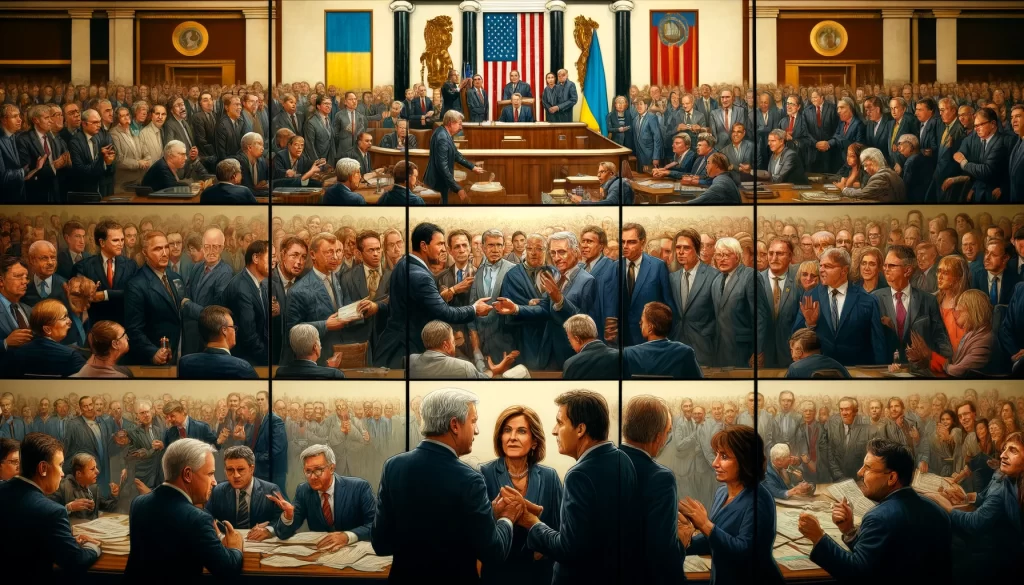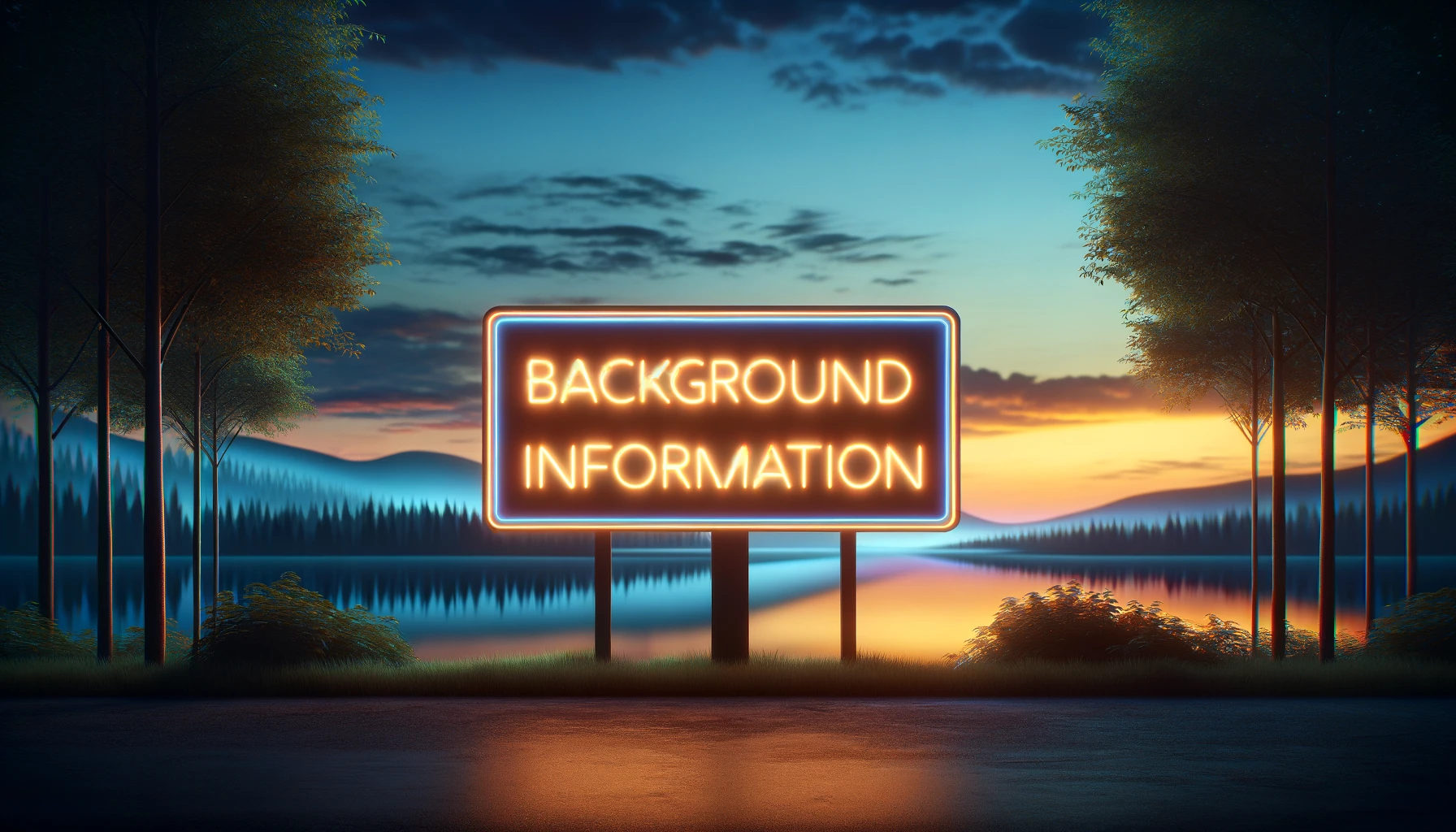In his seven months as Speaker of the House, Mike Johnson has faced a multitude of challenges, navigating the complex and often opposing demands of his party members.
Balancing Act Between Party Factions
Johnson’s leadership has been marked by his attempts to satisfy both the hard-right conservatives and the establishment Republicans within his party. The hard-right conservatives have criticized him for not being conservative enough, especially when he collaborated with Democrats to prevent a government shutdown. On the other hand, establishment Republicans feel he has made too many concessions to the more extreme MAGA supporters.
The Ukraine Funding Dilemma
Mike Johnson found himself at the center of a contentious debate regarding U.S. support for Ukraine. As early as last fall, the Biden administration had been issuing warnings that without additional Congressional funding for military aid, Ukraine could be overwhelmed by Russian forces. For members of the Republican party aligned with Ronald Reagan’s views, supporting Ukraine was an obvious step, aligning with their anti-Russian stance and support for global democracy. However, for those aligned with the MAGA movement, any such funding contradicted their “America First” ideology.
Amidst this division, Johnson faced a potential risk to his position similar to his predecessor, Kevin McCarthy, who was ousted under pressure from party factions. Despite the Senate’s passage of a comprehensive aid package that also included provisions for Israel and Taiwan—a strategic inclusion meant to garner wider support—Johnson hesitated to act. His delay continued for months as he navigated the precarious balance between appeasing different factions within his party.
Pressure intensified from the establishment Republicans who considered launching a discharge petition, a rare procedural move to bypass the Speaker and bring the package directly to a vote. Concurrently, Marjorie Taylor Greene threatened a “motion to vacate” the chair, which would force a vote on Johnson’s leadership if he supported the Ukraine aid package.
Decision to Move Forward
Ultimately, faced with dire reports of Ukrainian forces running low on ammunition and needing immediate support, Johnson had to make a decision. His choice came down to what his Democratic counterpart Hakeem Jeffries described as a “Churchill or Chamberlain moment,” indicating a critical decision point that could define his leadership. Choosing to align with the Senate’s earlier decision, Johnson opted to support moving forward with the Ukraine aid bill, a decision that drew ire from the MAGA faction but was deemed necessary by others within the party and the broader political spectrum.

Mike McCaul of Texas, chair of the House Foreign Affairs Committee, praised Johnson’s decision, saying, “I thought it was a profile in courage to do the right thing and be on the right side of history because history will judge this vote.” John Duarte of California echoed this sentiment, highlighting the importance of policy over personal celebrity.
Internal Party Challenges
Johnson’s tenure has been characterized by a reliance on Democratic votes to pass major legislation, leading to comments from some Republicans like Matt Gaetz, who noted that the House was operating almost like “a unity government with the Democrats.” This reliance is seen by some as undermining the traditional Republican leadership, as noted by Thomas Massie of Kentucky, who critiqued Johnson for not adhering to the majority rule typically expected in Republican leadership.
Procedural Successes and Ongoing Discontent
The procedural vote to advance the Ukraine aid bill saw significant bipartisan support, which is unusual as these votes often strictly follow party lines. This bipartisan approach, however, further fueled discontent among the hard-right faction of Johnson’s party. Eli Crane of Arizona voiced a common sentiment among critics, questioning Johnson’s alignment with what he termed the “swamp uniparty.”
Facing Potential Ouster Amidst Election Concerns
As the election draws near, Johnson’s position as Speaker appears increasingly unstable. Despite his crucial decision on Ukraine aid, which was praised by some as a bold move, others within his party remain critical and frustrated. For instance, Bob Good of Virginia expressed outright disappointment, saying, “Johnson had failed us.”
However, there is a broader concern among Republicans that there might be no better alternatives to Johnson’s leadership. With only six months until Election Day, there’s a growing perception that removing Johnson could be more harmful than beneficial, potentially leading to the appointment of a more centrist Republican leader or giving more power to the Democrats. This has led some, like Thomas Massie, who supports efforts to push Johnson out, to view these efforts more as a strategy to pressure Johnson to resign rather than an immediate move to replace him.
This article is based on the following article:

Background Information
Understanding these foundational elements will provide readers with a clearer picture of the political dynamics and processes that influence decisions like those faced by Mike Johnson during his time as Speaker of the House. This knowledge helps in comprehending the strategic moves and compromises that are often necessary in the complex landscape of U.S. politics.
1. Role of the Speaker of the House
The Speaker of the House is the leader of the United States House of Representatives. The Speaker is second in the U.S. presidential line of succession, after the Vice President. The role includes presiding over the House, administering the oath of office to Members, calling the House to order, declaring the result of votes, and many other duties. The Speaker also plays a significant role in setting the legislative agenda and ensuring that the House operates smoothly.
2. Political Parties and Factions within the Republican Party
The United States has two major political parties: the Democratic Party and the Republican Party. Within the Republican Party, there are several factions that represent different ideologies:
- Establishment Republicans: Often seen as traditional conservatives who support free enterprise, low taxes, and a strong national defense, but are also open to bipartisan collaboration.
- MAGA (Make America Great Again) Supporters: This group aligns with former President Donald Trump’s policies and ideologies, emphasizing a strong nationalist approach, stringent immigration controls, and an “America First” foreign policy.
3. Congressional Procedures
- Discharge Petition: A procedure for bringing a bill directly to the floor without committee approval or input from the leadership. It requires the signature of an absolute majority of House members (218 out of 435).
- Motion to Vacate the Chair: A motion in the House of Representatives that, if passed, removes the Speaker of the House from their position. This can be a tool used by factions within the majority party to influence or change leadership.
4. Ukraine Conflict Background
The conflict in Ukraine began in 2014 when Russia annexed Crimea and escalated as eastern parts of Ukraine saw pro-Russian separatist movements. The U.S. and many other countries have supported Ukraine’s sovereignty and territorial integrity, often providing military aid to help Ukraine defend itself against Russian aggression.
5. U.S. Foreign Aid
Foreign aid is assistance given by the United States to other countries, which can include military aid, economic assistance, and humanitarian relief. Congressional approval is necessary for foreign aid, which often becomes a subject of political debate regarding how much aid to give and to which countries.
6. Bipartisan Support and Political Strategy
In the U.S. Congress, passing significant legislation often requires support from both major parties, especially when one party does not hold a strong majority. Bipartisan support refers to cooperation among different political parties to pass legislation.
7. Public Opinion and Political Pressure
Public opinion can significantly influence political decisions. Politicians may support or oppose legislation based on the preferences of their constituents and the general populace. Media coverage also plays a crucial role in shaping public perception and, by extension, political pressure.

Debate/Essay Questions
- Is it in the best interest of the United States to provide military aid to countries like Ukraine, or should such funds be redirected towards domestic needs?
- Has the MAGA movement’s influence on the Republican Party been positive or negative for American politics?
- Should political leaders resist the influence of extreme factions within their party, or is it important to incorporate all viewpoints?
Please subscribe to Insight Fortnight, our biweekly newsletter!
